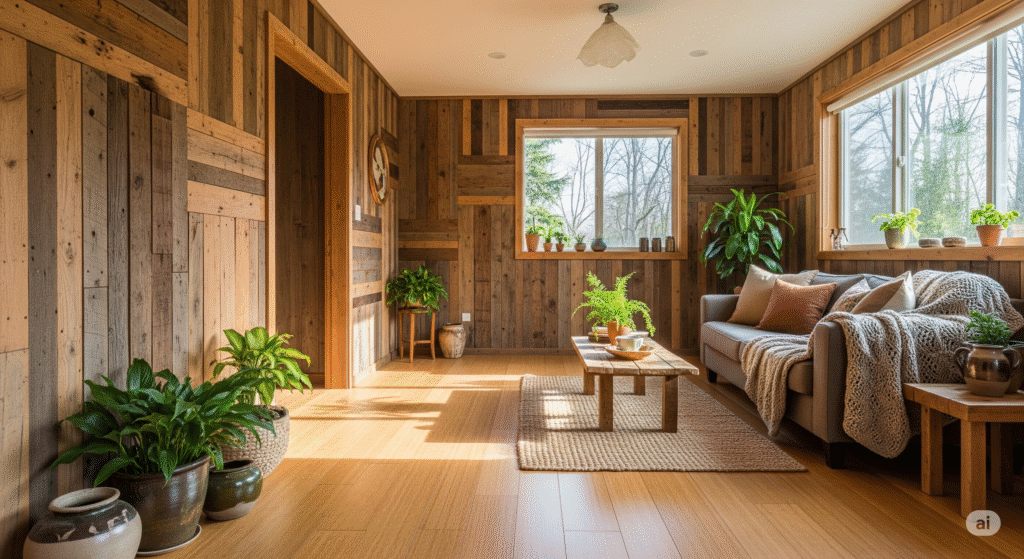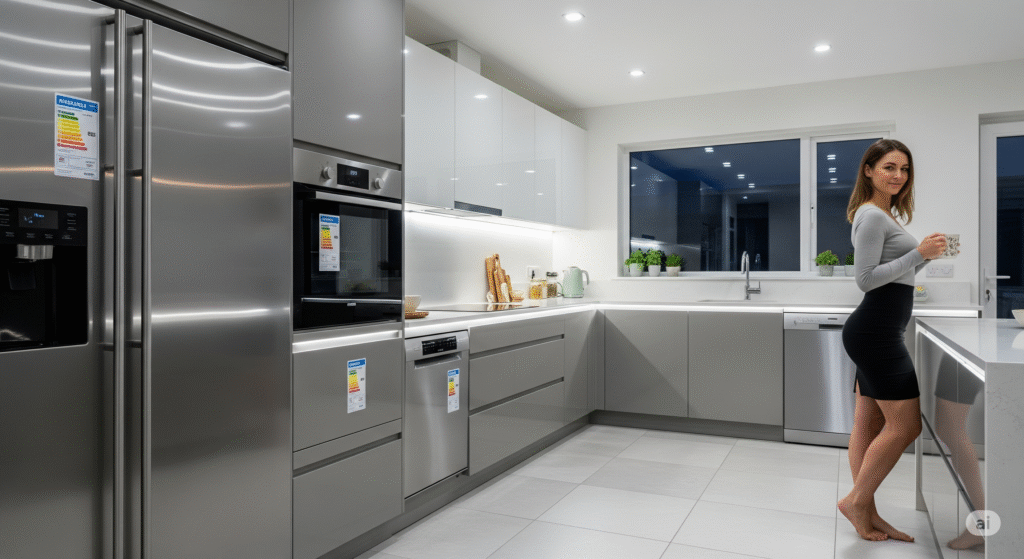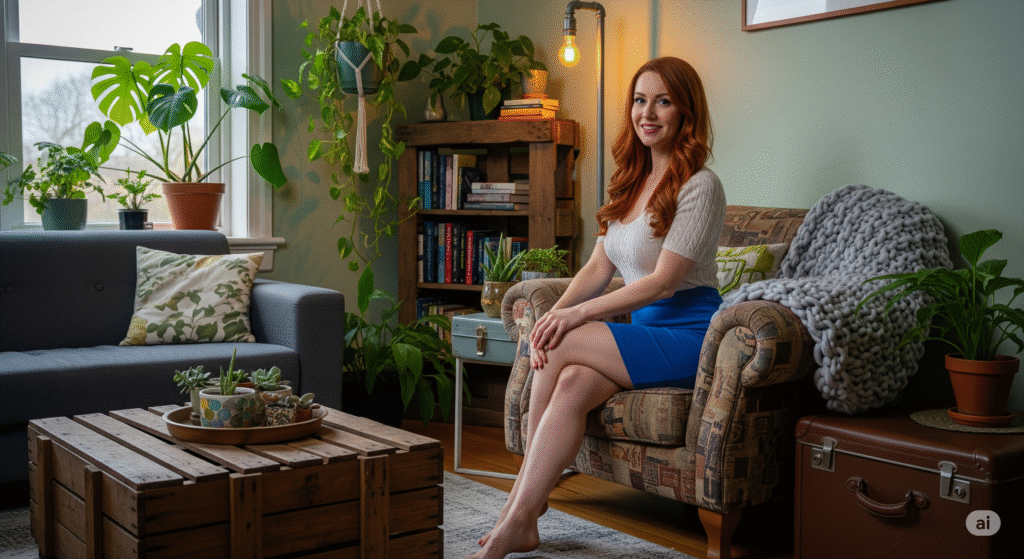5 Tips to Make an Earth-Friendly Shelter: Easy & Sustainable Ideas for a Greener Home
Creating an earth-friendly shelter isn’t just about saving energy—it’s about designing a home that’s healthier for you, kinder to the environment, and more sustainable for the future. Whether you’re building a new home, renovating, or just making small improvements, adopting eco-friendly practices can lower your carbon footprint while cutting long-term costs.
In this post, we’ll explore five practical tips to help you make your shelter earth-friendly without compromising on comfort or style.
1. Choose Sustainable Building Materials

The foundation of an eco-friendly home starts with the materials you use. Instead of conventional building products, consider renewable and recyclable options.
- Bamboo and cork: Fast-growing, durable, and renewable alternatives to hardwood.
- Recycled steel and reclaimed wood: Strong, long-lasting, and prevent unnecessary waste.
- Low-VOC paints: Reduce toxic chemicals in your living space, improving indoor air quality.
Pro Tip: Always source locally when possible. This reduces transportation emissions and supports local businesses.
2. Maximize Natural Light and Ventilation
One of the simplest ways to create an earth-friendly home is by reducing the need for artificial lighting and air conditioning.
- Large windows and skylights let in natural light, reducing energy usage.
- Cross-ventilation designs allow fresh air to flow, cutting down reliance on fans and AC.
- Light-colored walls reflect sunlight, making your rooms feel brighter and more open.
💡 Pro Tip: If you’re building or renovating, position windows to face east or south to maximize daylight.
3. Invest in Energy-Efficient Appliances

Appliances account for a large part of your household’s energy consumption. Switching to energy-efficient models not only saves money but also reduces your environmental impact.
- Look for the ENERGY STAR® label when buying refrigerators, washing machines, or air conditioners.
- Consider LED lighting over incandescent bulbs—they last longer and consume less electricity.
- Use smart thermostats to regulate heating and cooling more efficiently.
💡 Pro Tip: Unplug appliances when not in use. Even in standby mode, they consume electricity.
4. Incorporate Water-Saving Solutions
Water is one of our most precious resources, and sustainable homes should prioritize conserving it.
- Install low-flow faucets, showerheads, and dual-flush toilets.
- Harvest rainwater for gardening and cleaning purposes.
- Use native or drought-resistant plants in your garden to cut water usage.
💡 Pro Tip: Check for hidden leaks in your plumbing system. Even a small leak can waste hundreds of gallons per year.
5. Add Green Spaces and Eco-Friendly Décor

Making your home eco-friendly isn’t limited to construction—it’s also about the way you design and decorate your space.
- Add indoor plants that naturally purify the air (like peace lilies or spider plants).
- Choose second-hand or upcycled furniture instead of buying new.
- Use organic fabrics like cotton, hemp, or linen for curtains, rugs, and upholstery.
💡 Pro Tip: Even small balcony gardens or vertical plant walls can improve air quality while making your shelter more beautiful.
Best Indoor Plants for Air Purification & Sustainable Homes in 2025
FAQs on Earth-Friendly Shelters
Q1. What is the most cost-effective way to make my home eco-friendly?
Start with small steps like switching to LED bulbs, unplugging unused electronics, and using water-saving fixtures. These changes are low-cost but have a big long-term impact.
Q2. Is building a sustainable house more expensive?
The upfront cost can be slightly higher, but savings from energy and water efficiency quickly balance it out. Over time, eco-friendly homes are more affordable to maintain.
Q3. Can I make my rental home more eco-friendly?
Yes! Even renters can add indoor plants, switch to energy-efficient bulbs, and adopt eco-friendly habits like recycling and reducing water waste.
Q4. Which plants are best for eco-friendly living spaces?
Popular choices include spider plants, snake plants, bamboo palm, and peace lilies—all of which are excellent for purifying indoor air.
